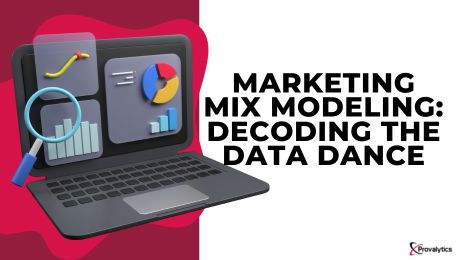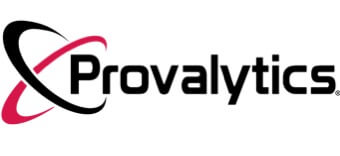Marketing Mix Modeling Decoding the Data Dance
Marketing Mix Modeling (MMM) is a critical marketing technique that provides a data-driven method for dissecting and optimizing various components of marketing initiatives. Let’s look at the structure of a marketing mix model and how it may be used by firms of all sizes and budgets.
When starting a marketing mix modeling project, money is crucial. These attempts might range from small investments of $500 to large undertakings exceeding $50,000. Due to the intricacies of their operations, larger firms, particularly those in the Fortune 500, may incur higher expenditures. However, it’s worth mentioning that even with a $500 budget, a basic model may be built using resources like Google Sheets.
🚀 Yes, I Want The 2024 Playbook!

Building the Model
Building a marketing mix model is made easier with tools like a training simulator, which provides a step-by-step tutorial. Simulators allow analysts to create a model in a single afternoon. The emphasis is on accurately structuring the data, taking into account aspects such as sales, product pricing, advertising expenditure, and holiday periods.
Surprisingly, the requirement for complicated coding is minimized, particularly for simple models. Excel is portrayed as a powerful tool capable of completing the task well. For multi-variable regression, the “linest” function is emphasized, allowing sales to be predicted based on variables such as product pricing, advertising budget, and holidays. Even in the Excel environment, 60-80% accuracy is considered attainable.
Forecasting and Decomposition
In Excel, forecasting entails multiplying variable values by their coefficients and adding the results. This simple procedure is supplemented by forecast decomposition, which allows organizations to understand the contribution of each channel and get insights for budget allocation.
While Excel is adequate for simple models, more complex scenarios, multiple variables, and transformations necessitate the use of coding languages such as Python or R. Advanced capabilities such as identifying correlations, running simulations, and automating the model-building process are made possible by these languages.
In larger projects exceeding $50,000, the increasing cost is attributed to administrative overheads rather than the complexity of the task. Managing various stakeholders and navigating the complexities of corporate clients considerably contribute to the increased costs. Due to the increased demands connected with such collaborations, firms frequently modify their pricing structures when interacting with enterprise clients as they grow.
Marketing mix modeling does not have to be an expensive or time-consuming undertaking. Businesses can gain significant insights into their marketing strategies by using tools like Excel and a solid understanding of the principles. Whether you’re a small firm on a tight budget or a Fortune 500 corporation, the foundations of MMM provide a practical, data-driven approach to optimizing marketing efforts.
What is the typical budget range for a marketing mix modeling project?
Marketing mix modeling projects can range from as little as $500 to over $50,000. The budget is influenced by factors such as the complexity of the business and its size, with larger Fortune 500 companies often incurring higher costs.
Can a basic marketing mix model be developed with a limited budget?
Yes, even with a budget as modest as $500, a basic model can be constructed. Tools like Google Sheets and training simulators provide cost-effective solutions for businesses looking to initiate marketing mix modeling on a smaller scale.
How is the process of building a marketing mix model simplified?
Building a marketing mix model is made more accessible with tools like training simulators. These resources offer step-by-step tutorials, enabling analysts to create a model in a single afternoon. The focus is on structuring data accurately, considering variables such as sales, product pricing, advertising expenditure, and holiday periods.
Is coding a necessity for marketing mix modeling, or can Excel be sufficient?
While coding may be required for more complex scenarios, Excel is highlighted as a powerful tool for simple models. Functions like “linest” facilitate multi-variable regression, allowing for the prediction of sales based on variables such as product pricing, advertising budget, and holidays. Achieving 60-80% accuracy is considered achievable within the Excel environment.

